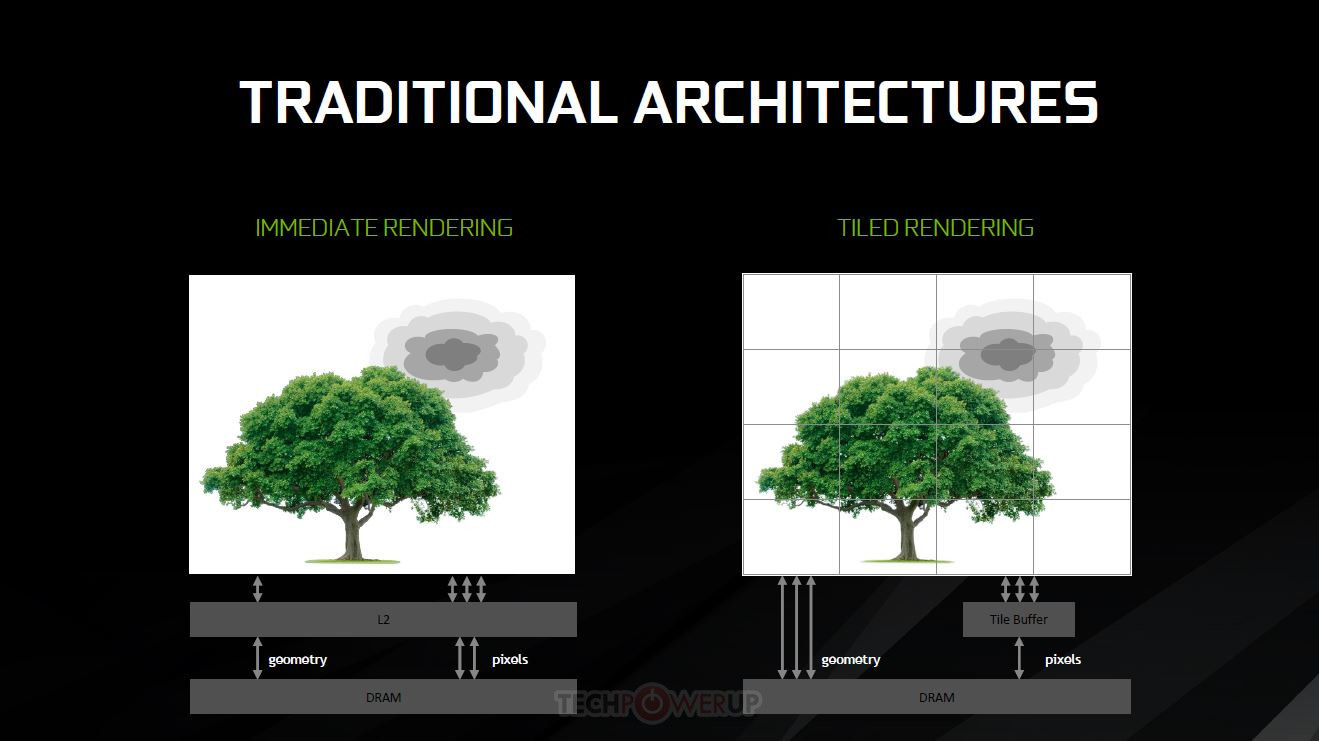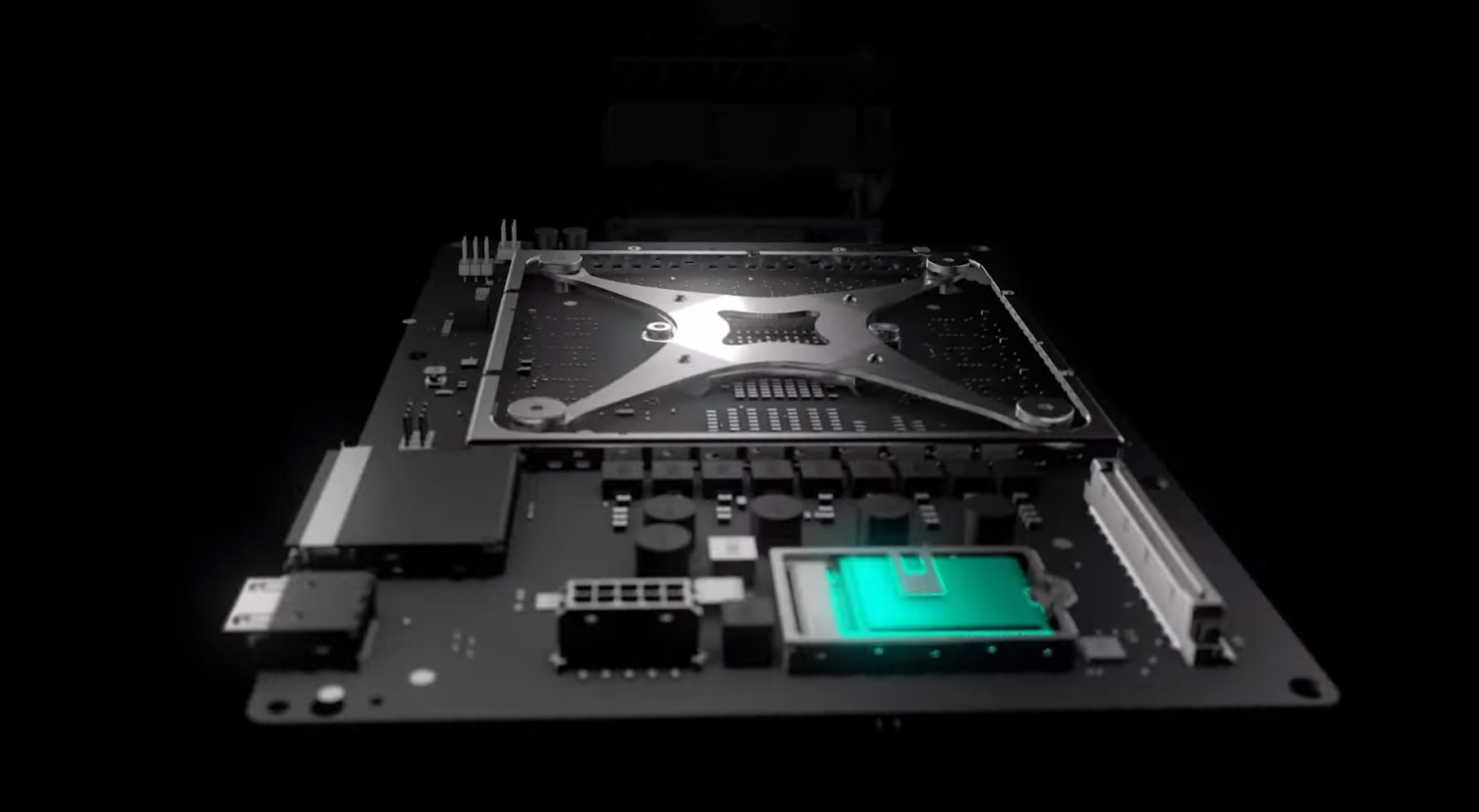Lysandros
Member
Did anyone else notice that PS4 PRO fares quite a bit better against Xbox One X lately? Maybe it's true that the machine has NGG fast path from Vega (apparently unused in discrete PC versions) and it's finally being leveraged beause of the transition to PS5? There are some discussions about it in beyond3d forums.
Last edited:








